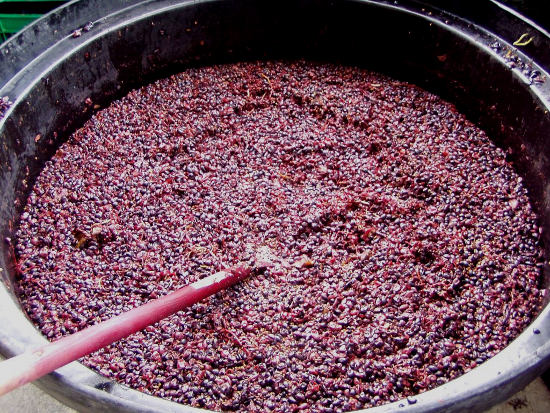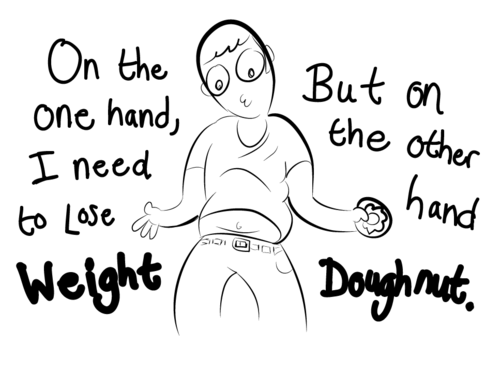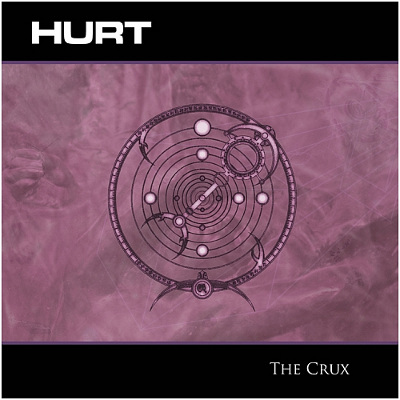In the first instalment of “Introduction to Wine”, I discussed the process of trying a wine for the first time. These steps including looking at the wine’s colour and viscosity, taking in all of the aromas that the wine has to offer, and the way to best experience the entire flavour profile of the wine.
Today, though, I’m going to shift the focus to some terminology that is used when discussing wine (primarily about its tastes), and the different flavour components that come together resulting in the overall profile of the wine. Firstly, there are five basic categories into which tastes can be separated: sweetness, saltiness, bitterness, sourness, and umami. Out of those tastes, four of them readily illicit in your mind different foods or drinks. The last category, umami, however, might not be as familiar to you. Just for sake of completeness, umami refers to richness, savouriness, or even meatiness. Anyway, umami is not generally a flavour component in wine, so we won’t focus on it too much.
Out of the four remaining taste categories, the one that most prominently stands out in wine is sweetness. Sweetness is really due to the amount of residual sugars in the wine after the fermentation process. Conversely, the lack of sweetness is generally referred to as the “dryness” of the wine. Though sweetness (or lack thereof) is arguably the basic taste that is most associated with wine, wines can also have some saltiness (or “salinity”) based on their growing region, bitterness (generally caused by tannic acid, or “tannins”), and sourness. It is important to note that bitter does not necessarily mean astringent, and is not always considered a negative term (though in other facets, “bitterness” generally connotes negatively). Some wines have a significantly bitter flavour, but that adds to the overall profile.
There are three broad components to a wine’s taste and feel, and they are 1) tannin, 2) acidity, and 3) body. I know, I know, you’re thinking “wow, there are a lot of other components to a wine,” and you’re certainly correct. For the sake of simplicity, I’ve found that these three broad categories will help one further refine his or her descriptors about a wine. As such, here are some basic definitions of each term:
- Tannin – the level of tannic acid in a wine. This acid is found in the skin of the grapes, and is prominent in some red wines. The tannins are higher when the maceration process (leaving the juice in contact with the skins) is longer. Tannin really refers to a feel (not a taste), and the higher tannins, the more rough and clingy it feels in your mouth, and the more of a drying sensation it has.
- Acidity – the component (sometimes assumed to be sourness) that provides a refreshing, energetic taste. Too much acidity results in a wine that tastes tart.
- Body – the body (or “mouth feel”) is the weight or viscosity of the wine. A full-bodied wine is one that has a higher viscosity, and is, therefore, thicker or more highly resistant to flow.
One other term that is related to these three broad components is “structure,” which refers to the combination of tannins and acidity. As such, the structure of a wine is one of the most commonly discussed aspects at a tasting.

Wine maceration process
You may be asking yourself why these different types of terms are necessary, or how they directly apply to enjoying a wine. I have found that being able to more readily recognise these different basic taste categories, and the three broad flavour components mentioned above allows me to hone in on the exact characteristics of wines that I find appealing. Better yet, knowing these different components will allow you to pair the right wines with the right types of foods. For instance, if you have a red wine that is highly tannic and somewhat bitter, you can pair that with a salty dish and the two flavours will even out in order to produce a mellow and somewhat earthy overall sensation.
I hope that you’ve found this information helpful, and will take it into consideration the next time that you have a glass of wine.
Cheers,
Zach






